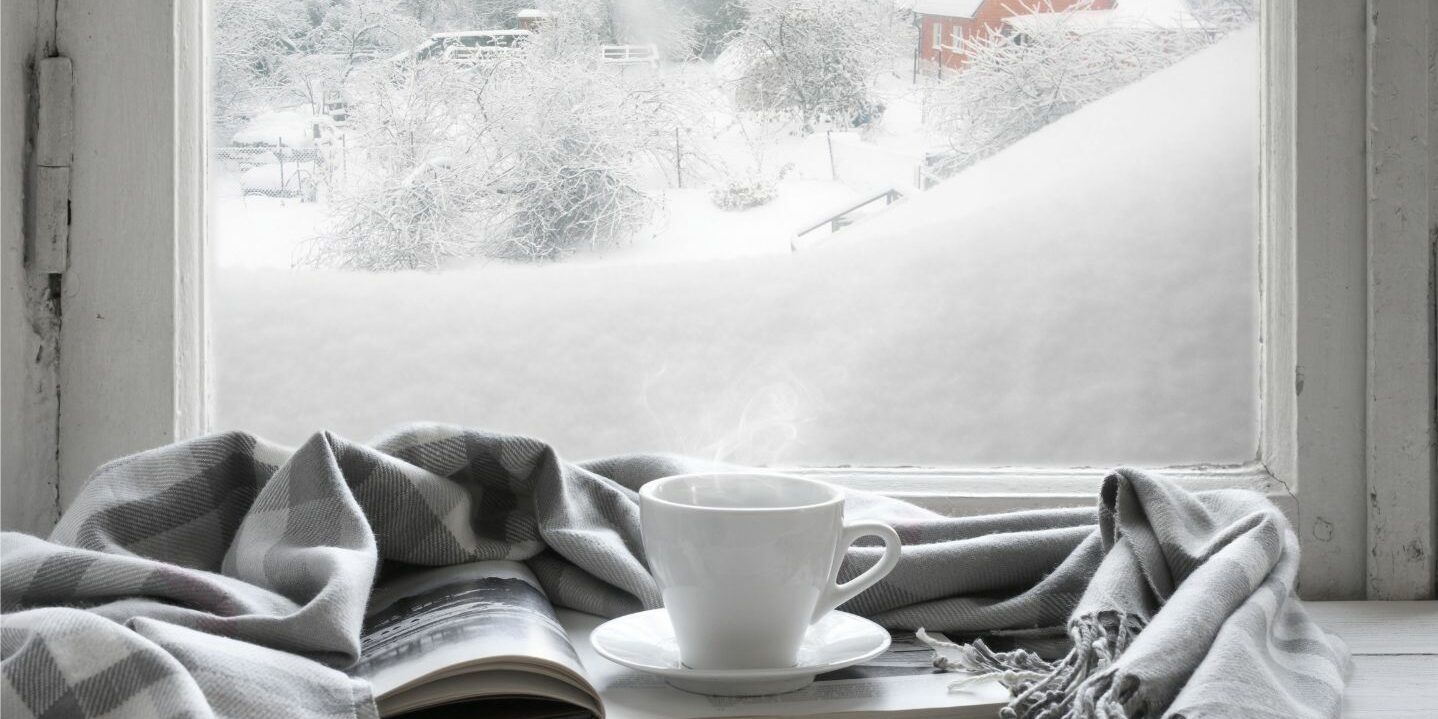The process of winterisation on your static caravan is something you might routinely undertake each year after you’ve had your spring, summer and autumn of fun. But you shouldn’t just winterise your static and presume that’s the end of your responsibilities until the weather turns decent enough to go back to site and enjoy it again.
First of all, though, a step back to run through winterisation again.
How do I winterise my static caravan?
1. Drain down the plumbing
It’s obvious, really, that during the coldest season the water remaining in your static caravan’s plumbing is likely to freeze, and so you must drain those systems. The manual for your specific model will point you in the right direction of your drain down valve. If you have access to compressed air, it’s also a good idea to blow it through pipework in an effort to get rid of remaining water.
Other water-related steps you should take are to clean water tanks and pipework and leave them vented (which will allow any micro-amounts of water remaining in the system the room to expand in the cold). If there is a wet heating system within the static caravan you should use an appropriate anti-freeze (the manufacturer’s instructions should detail which, as some other domestic vehicle anti-freeze is not suitable for this purpose). If your static caravan has a cassette toilet, it should also be thoroughly drained and cleaned.
2. Gas Bottle
Must be isolated, to protect against leaks and any other hazards.
3. Cleaning / Tidying
Clean down and dry the the walls and surfaces in the kitchen and bathroom areas. Install a damp absorbing product. Empty food from the fridge and kitchen cupboards, and clean them out – including vacuuming to remove any small traces of food which could attract rodents. Remove canned or bottled drinks to prevent the possibility of damage caused by them freezing and the liquids inside expanding which could split them open. Clean out and open cupboards and lockers.
What do I need to do over the winter?
If you possibly can you should regularly check on your static caravan over the winter. During this time, you can check over things like the plumbing and pipework, and also repeat some of the cleaning steps from the winterisation process – for instance, wiping down and drying the walls, windows and surfaces to ensure that any condensation is dealt with.
Other things you should regularly keep an eye on are:
1. Window and door seals
Keep an eye on these as it’s possible they could become too hard or too brittle to function adequately. They may even become compromised and begin to leak, causing water ingress problems.
2. Covering
Looking after the exterior of your caravan is also important during winter. You can use a breathable protective cover is necessary – but if you decide to do this make sure it’s soft enough not to damage the paintwork in any way. Alternatively, you could apply a wax protector coating (which will be relatively easy to wash off in spring) when the time comes to open up your static and crack on with caravan life!
See these regular checks and smaller tasks through the winter as a bit of ‘light housework’ to keep things neat and tidy – and, ultimately, protected further than if you had just winterised and left the static caravan to stand on its own for a few months. See it as TLC. Here at Daly Parks we have a lot of static caravans and we like you to enjoy them as much as you possibly can – so following the steps described in this blog is going to be a massive benefit to you!


